New Orleans is a city teeming with rich cultural heritage and historical significance. From the iconic origins of jazz music in Congo Square to the poignant reminders of the struggle for racial equality, this urban tour offers a captivating glimpse into the resilience and diversity of the African-American community. Explore the Treme neighborhood, the oldest African-American settlement, and uncover the enduring Creole legacy. Explore the complex past etched in sites like the Antebellum Slave Quarters and the landmark Plessy v. Ferguson case. As you discover the layers of this vibrant city, prepare to be inspired by its unwavering spirit.
This experience made our list of the 20 Best City Tours In New Orleans.
Key Points
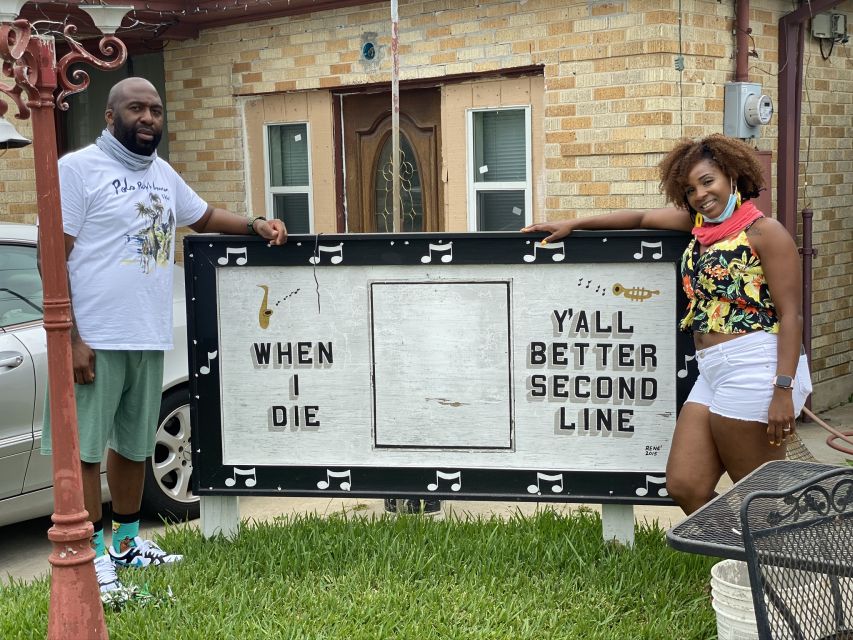
-
Explore the rich history and culture of New Orleans through a guided tour of iconic sites like Congo Square, the Treme neighborhood, and the Musicians Village.
-
Discover the architectural and living conditions of antebellum slave quarters, and learn about the resilience and contributions of the enslaved population.
-
Understand the significance of landmark events, such as the Plessy v. Ferguson Supreme Court case, and their impact on the city’s African-American community.
-
Experience the vibrant Creole heritage reflected in the French Quarter’s architecture, cuisine, and music traditions.
-
Witness the resilience of neighborhoods like the Lower Ninth Ward, which have overcome the challenges of natural disasters and economic hardship.
Congo Square and Jazz Origins
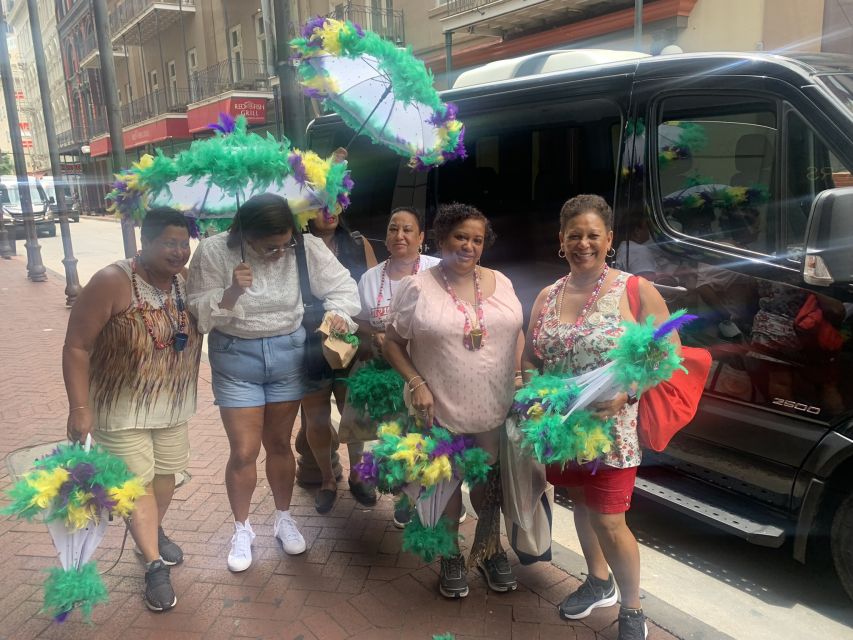
Congo Square holds a special place in the history of New Orleans as the birthplace of jazz.
This historic public square, located in the Treme neighborhood, was once a gathering place where enslaved Africans would congregate on Sundays to perform their traditional music, dance, and rituals – laying the foundations for the rich musical culture that would come to define the city.
Through the rhythmic beats, soulful melodies, and vibrant movements, the slaves preserved their cultural heritage and laid the groundwork for the development of jazz, a uniquely American art form.
Today, Congo Square remains a symbol of the city’s resilience and the enduring spirit of the African-American community.
You can also read our reviews of more city tours in New Orleans
Antebellum Slave Quarters History

Within the historic fabric of New Orleans, the Antebellum Slave Quarters stand as poignant reminders of the city’s complex past.
These structures, which housed enslaved individuals during the pre-Civil War era, offer a window into the lived experiences and struggles of those who toiled under the oppressive system of slavery.
The tour highlights the significance of these quarters, exploring:
- The architectural design and living conditions endured by the enslaved
- The daily routines and labors undertaken by the occupants
- The role of the quarters in the broader plantation economy
- The resilience and resistance of the enslaved population
- The lasting impact of slavery on the city’s cultural and social landscape
Musicians Village and Community
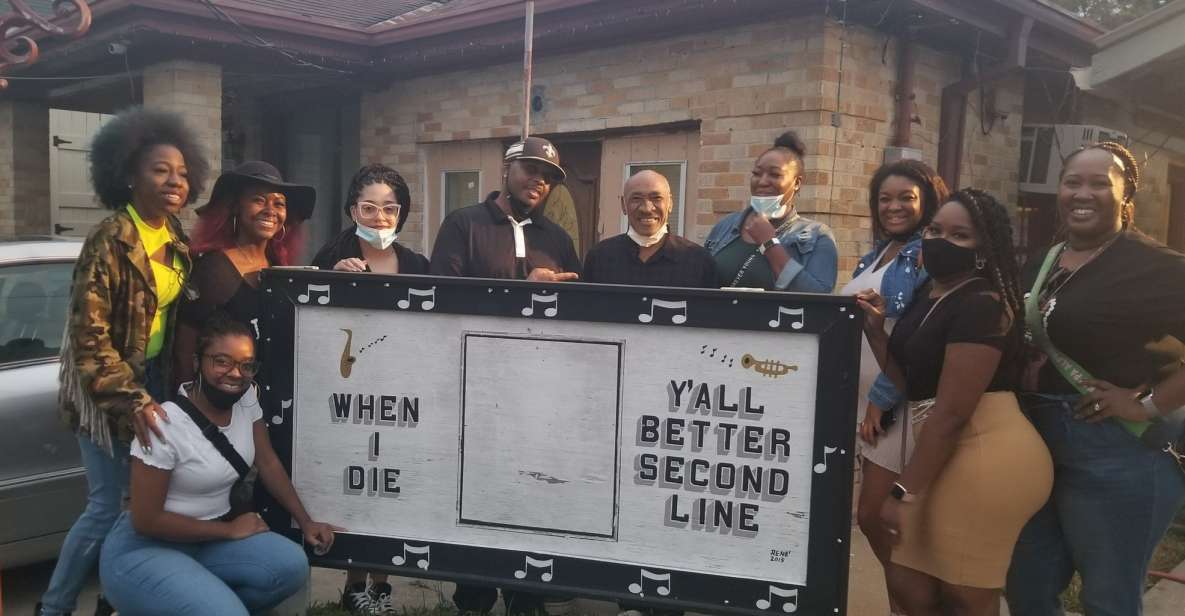
The Musicians Village stands as a vibrant community in New Orleans, fostering the city’s rich musical heritage and providing affordable housing for local artists.
This unique neighborhood was established in the aftermath of Hurricane Katrina, with the goal of rebuilding and supporting the city’s cultural landscape.
The village includes numerous music studios, performance venues, and educational facilities, all dedicated to nurturing the next generation of musicians.
Residents of the Musicians Village enjoy a tight-knit community, with regular gatherings, jam sessions, and collaborative projects.
Treme: Oldest African-American Neighborhood
Treme, one of New Orleans’ most historic neighborhoods, holds the distinction of being the oldest African-American community in the city. Established in the early 19th century, this vibrant district has long been a hub of cultural expression, serving as a sanctuary for the city’s black population during a time of racial segregation.
Treme is celebrated for its rich heritage, which is evident in its:
- Iconic jazz clubs and music venues
- Legendary soul food restaurants
- Colorful Mardi Gras Indian traditions
- Lively street parades and festivals
- Architectural diversity, from Creole cottages to grand mansions
This neighborhood’s enduring spirit and resilience make it a must-visit destination for anyone exploring the cultural tapestry of New Orleans.
More Great Tours NearbyLower Ninth Ward Resilience

The Lower Ninth Ward, a resilient community in New Orleans, has long exemplified the city’s indomitable spirit in the face of adversity.
This neighborhood, which was devastated by Hurricane Katrina in 2005, has since undergone a remarkable transformation. Residents have worked tirelessly to rebuild their homes, businesses, and community infrastructure, often with the support of grassroots organizations and charitable initiatives.
Today, the Lower Ninth Ward showcases the determination and resilience of its people, who haven’t only reclaimed their neighborhood but also created a blueprint for sustainable, equitable development. Through their collective efforts, the Lower Ninth Ward stands as a testament to the power of community and the ability to overcome even the most daunting challenges.
You can also read our reviews of more historical tours in New Orleans
- French Quarter Historical Sights and Stories Walking Tour
- New Orleans Cocktail History Walking Tour in the French Quarter
- New Orleans Haunted History Ghost Tour
- New Orleans French Quarter History and Hauntings Tour
- New Orleans Small-Group Haunted History Carriage Tour
- New Orleans Cocktail and Food History Tour
Creole History and Legacy
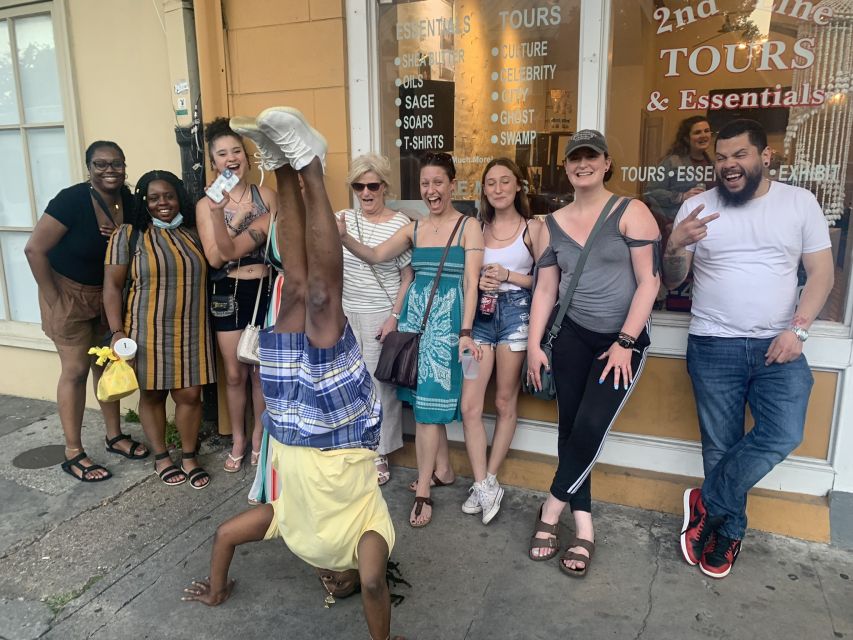
Alongside the resilience of the Lower Ninth Ward, New Orleans’ Creole history and legacy have long shaped the city’s vibrant cultural landscape.
Creole people, of mixed European, African, and Native American descent, have profoundly influenced the architecture, cuisine, music, and traditions that define the unique character of New Orleans.
Creole culture is reflected in:
- The intricate ironwork and vibrant colors of the city’s iconic French Quarter buildings
- The rich, seasoned flavors of Creole dishes like gumbo, jambalaya, and étouffée
- The soulful rhythms of jazz, blues, and zydeco music
- The extravagant costumes and celebrations of Mardi Gras
- The deep-rooted traditions of voodoo and spiritual practices
Exploring New Orleans’ Creole heritage is an essential part of understanding the city’s multifaceted identity.
Plessy Vs. Ferguson Significance
Plessy vs. Ferguson, the landmark 1896 Supreme Court case, has long held immense significance in the history of civil rights and racial segregation in the United States.
This precedent-setting decision upheld the controversial ‘separate but equal‘ doctrine, which legalized the enforcement of racial segregation in public facilities across the country.
During the tour, visitors will explore sites in New Orleans that were deeply impacted by this ruling, such as the Treme neighborhood, the oldest African-American community in the city.
The tour guide will explore how this case entrenched racial discrimination for decades, until it was eventually overturned by the landmark Brown v. Board of Education decision in 1954.
Solomon Northrup’s Captivity Narrative
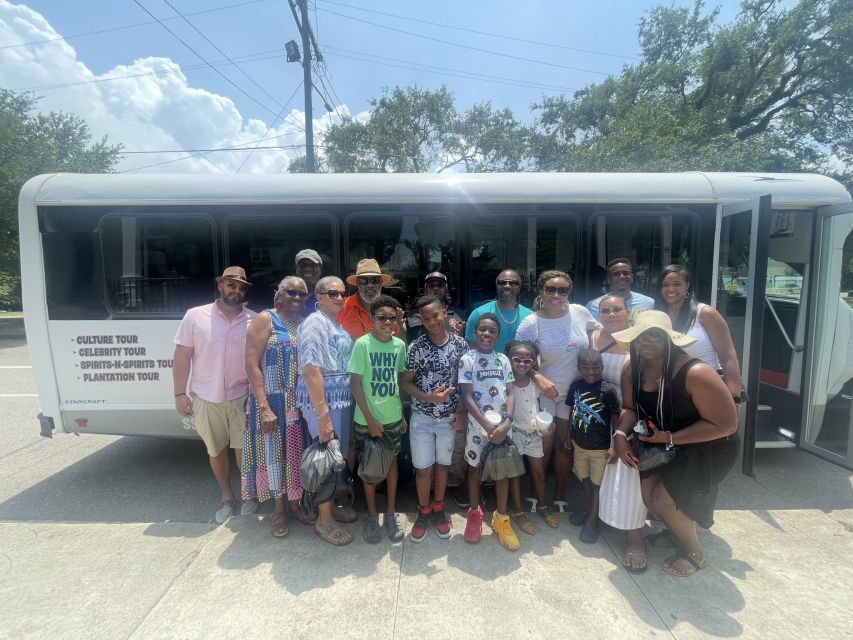
Along With exploring sites related to Plessy vs. Ferguson, this guided tour provides insights into the captivity narrative of Solomon Northup, a free black man who was kidnapped and sold into slavery in the 19th century.
The tour covers Northup’s story, which was later recounted in his memoir ‘Twelve Years a Slave.’ Visitors will learn about:
- Northup’s life as a free man in New York before being abducted
- The brutal conditions he faced as a slave on Louisiana plantations
- His eventual rescue and return to freedom after over a decade in captivity
The impact of his narrative in exposing the horrors of the slave system, and how his story contributed to the growing anti-slavery movement of the time.
Frequently Asked Questions
Is the Tour Accessible for Individuals With Mobility Challenges?
The tour may accommodate individuals with mobility challenges, but the specific accessibility details are not provided. It’s recommended to contact the tour operator directly to inquire about any accessibility arrangements or accommodations available.
What Is the Recommended Attire for the Tour?
The recommended attire for the tour is comfortable, casual clothing and walking shoes. Guests should dress in layers, as the weather can be variable. Bringing a water bottle and sun protection is also advisable for the outdoor portions of the tour.
Are There Any Discounts Available for Seniors or Students?
Yes, the tour offers discounted rates for seniors and students. Seniors and students can receive a 10% discount on the regular tour price by providing valid identification at the time of booking or check-in.
Can the Tour Be Customized or Personalized for Specific Interests?
Yes, the tour can be customized or personalized for specific interests. Guests can discuss their preferences with the tour guide, who can then tailor the experience to accommodate their unique interests and needs.
Are There Any Special Considerations for Children Participating in the Tour?
The tour generally welcomes children, but some sites may not be suitable for younger participants. Families should consult the tour provider for any age-specific considerations or accommodations that can be made to ensure an enjoyable experience for all.
Recap
New Orleans’ rich African-American heritage is evident throughout the city. From the historical significance of Congo Square and the Antebellum Slave Quarters to the resilience of the Treme neighborhood and Musicians Village, the city’s complex past and vibrant culture are inextricably intertwined.
Visitors can enjoy this powerful legacy, exploring Creole influences and landmarks like Plessy v. Ferguson that shaped the ongoing struggle for racial equality.
You can check availability for your dates here:More City Tours in New Orleans
- New Orleans: City & Cemetery Tour + Garden District Stroll
- New Orleans City Tour with Drink and Souvenir
- Private Transfer from New Orleans Port to New Orleans city
- New Orleans Mid-City Bike Bar Tour
- Ultimate Denver Day Out: Red Rocks, City Views & Ice Cream
- New Orleans: Go City All-Inclusive Pass with 25+ Attractions
More Tours in New Orleans
More Tour Reviews in New Orleans
Not for you? Here's more nearby things to do in New Orleans we have reviewed
- New Orleans: Garden District Walking Tour
- New Orleans: Food Tour with Seafood Boil in French Quarter
- New Orleans: Vegan Food Tour
- New Orleans: City & Cemetery Tour + Garden District Stroll
- Private Walking Ghosts Tour of the French Quarter
- After-Dark Historical Night Tour of St. Louis Cemetery No. 1
- New Orleans: Tremé African American & Creole History Tour
- French Quarter: Jackson Square to Bourbon Street Tour
- Private New Orleans Panoramic: With Drink and Souvenir
- New Orleans: French Quarter Supernatural Ghost Hunt
- New Orleans City Tour with Drink and Souvenir
- New Orleans Manchac Bayou Swamp Cruise W/ Optional Pick-Up
